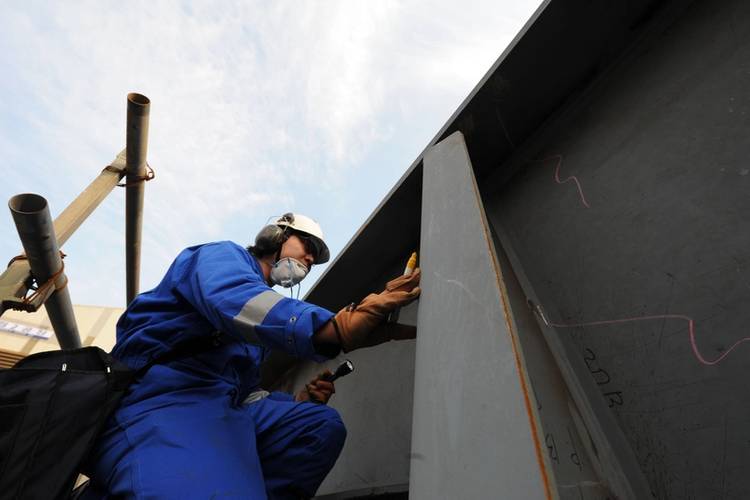Unfamiliar specifications and processes often result in rework, delays and misunderstandings, and are adding thousands of engineering hours to the design and construction of offshore oil and gas installations. Cost savings are delivered by addressing variations in owner, operator, and regulatory requirements during engineering and construction phases. Phase one, led by DNV GL, established new proposed international standards for offshore oil and gas projects and a second phase is now underway to further develop the proposed standards named Integrated Offshore Standard Specifications (IOSS) and to test its application.
Initiated in 2015, the Korea-based JIP aims to develop common, globally accepted, best practices for standardized offshore components and equipment in a recommended practice. The first phase successfully focused on the constructability viewpoint and addressed items for structures, piping, and E&I. Phase two will extend the scope to include equipment packages, documentation requirements, and procedures. The IOSS will be developed with the aim to be applied and tested against upcoming offshore development projects.
“In the current climate of low oil prices it is often difficult to sanction projects,” says Peter Bjerager, Executive Vice President, DNV GL - Oil & Gas Region Americas. “These new standards will contribute to lowering the cost of projects and ensuring that work moves forward. This JIP represents a new approach to standardization and is truly a global effort in the oil and gas industry. Phase one provided promising results that if successfully applied will push forward projects that may otherwise be put on hold."
In all, phase two of the JIP will include a global constellation of about fifteen partners, of which the majority operates in the Americas. These partners include oil majors, fabricators, classifications societies, ship yards, and engineering companies.
A signing ceremony for the second phase of this project will take place at the Offshore Technology Conference (OTC) on Wednesday, May 4 in Houston, Texas. Technical seminars on the sharing of information for the JIP will be held within the Korean Pavilion.
“Designers, yards, and suppliers work more efficiently when projects apply standards with which all players are experienced,” said Petter Ellingsen, Group Leader Offshore Risk Advisory - Korea, DNV GL - Oil & Gas. “Our ambition is to establish a standard for oil and gas projects that builds on a well-established approach for classification. Industry estimates for potential cost savings on construction of installations range well into double-figure percentages,” he continues.


















